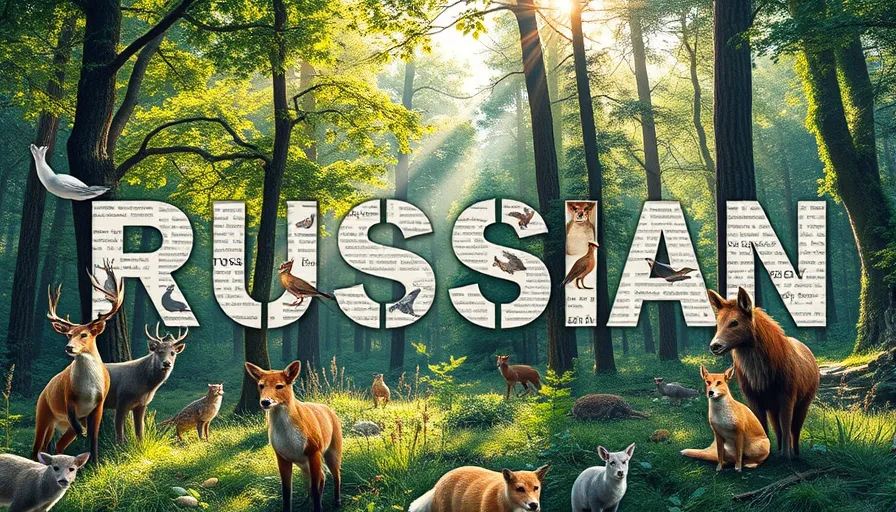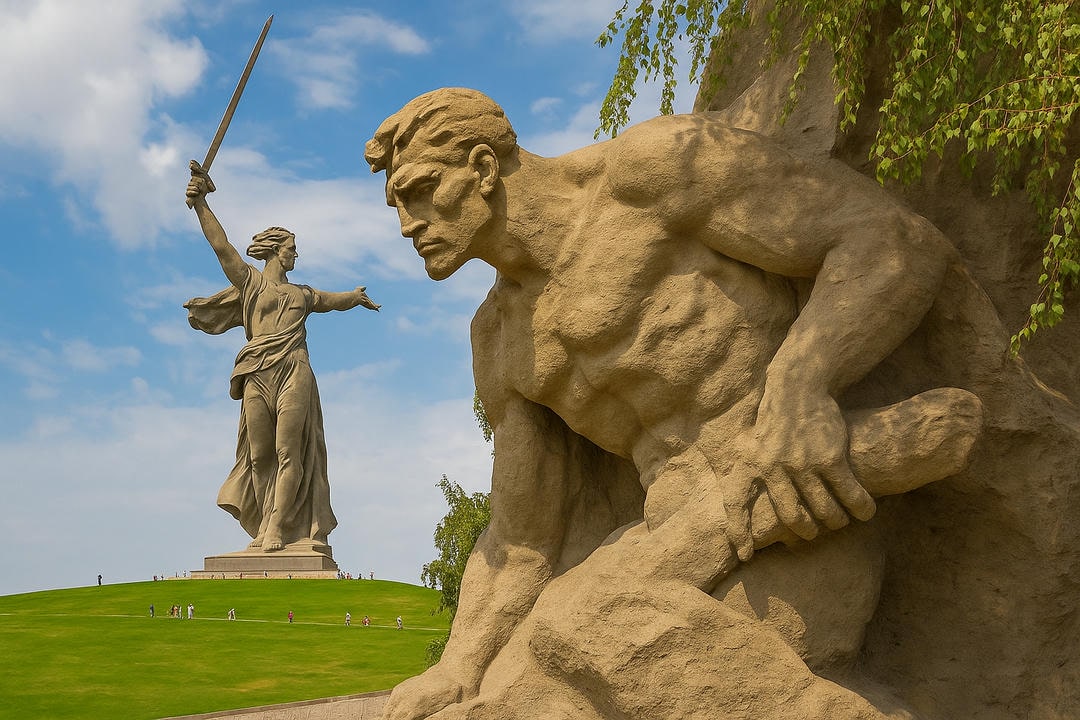Words can be forward, backward, vertical and diagonal.
The Word Search above has the following Russian animal names.
| Russian | English |
|---|---|
| кот | cat |
| собака | dog |
| кролик | rabbit |
| медведь | bear |
| волк | wolf |
| лиса | fox |
| тигр | tiger |
| лев | lion |
| змея | snake |
| жираф | giraffe |
| слон | elephant |
| обезьяна | monkey |
| белка | squirrel |
| олень | deer |
| лось | moose |
| курица | chicken |
| утка | duck |
| лягушка | frog |

Improve Your Russian Word Recognition
Using our Free Russian Animal Wordsearch can greatly enhance your ability to recognize Russian words. This activity employs a technique called contextual learning, which has been proven to be highly effective for language acquisition. By immersing yourself in a wordsearch puzzle specifically designed with animal vocabulary in mind, you engage both your visual and cognitive senses. As you navigate through the grid, your brain actively seeks out familiar Russian animal words, reinforcing their spelling and pronunciation. This repeated exposure to the target language aids in memorization and facilitates automatic recognition of Russian words in daily life. Moreover, the interactive nature of the wordsearch helps make the learning process enjoyable and engaging, further enhancing retention and motivation. So, with our Free Russian Animal Wordsearch, you can effortlessly enhance your language skills while having fun!
Interesting Facts About Russia’s Animal Population
Russia’s vast and diverse landscapes are home to a remarkable array of wildlife. Here are some intriguing facts about the country’s animal population:
Diverse Species
Rich Biodiversity: Russia is home to approximately 300 species of mammals, 661 species of birds, 89 species of reptiles, and 33 species of amphibians, showcasing a rich tapestry of wildlife across its various ecosystems.
Unique Habitats: The country features six main habitats, including tundra, taiga, steppe, and mixed forests, which support different animal species adapted to these environments.
Iconic Animals
Siberian Tiger: The Siberian tiger is the largest cat in the world, capable of reaching lengths of up to 10 feet (3 meters) and weighing up to 600 pounds (272 kilograms). This iconic species is critically endangered, with only about 480 to 540 individuals remaining in the wild as of 2015
Amur Leopard: Known as one of the rarest big cats globally, the Amur leopard is critically endangered, with a population of around 125 adults identified in Russia. Conservation efforts have shown signs of population recovery in recent years.
Unique Adaptations
Baikal Seal: The Baikal seal, unique to Lake Baikal, is the only freshwater seal species in the world. It has adapted to life in this deep, cold lake, which is the largest freshwater lake by volume.
Siberian Bighorn Sheep: Also known as snow sheep, these animals thrive in the mountainous regions of northeastern Russia and are well adapted to their rugged habitat.
Endangered Species
Siberian Crane: This bird is critically endangered, with only about ten individuals remaining in the wild in Russia as of 2010. Habitat loss due to agriculture and dam construction poses significant threats to its survival.
Russian Desman: A semi-aquatic mammal, the Russian desman has been classified as endangered due to habitat loss and was once thought to be extinct in certain areas. Conservation measures are in place to protect this unique species.
Population Dynamics
Reindeer: In the tundra regions, reindeer populations are robust, with estimates suggesting around four million individuals. They are well adapted to extreme cold, thriving in harsh conditions.
Forest Coverage: Russia’s forests cover about 70% of its land area, making it home to a variety of species, including brown bears, lynx, and numerous bird species. These forests represent 22% of the world’s total forest area.
These facts highlight the incredible diversity and unique adaptations of Russia’s animal population, as well as the conservation challenges faced by many species in this vast country.





